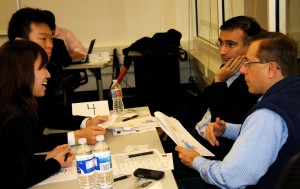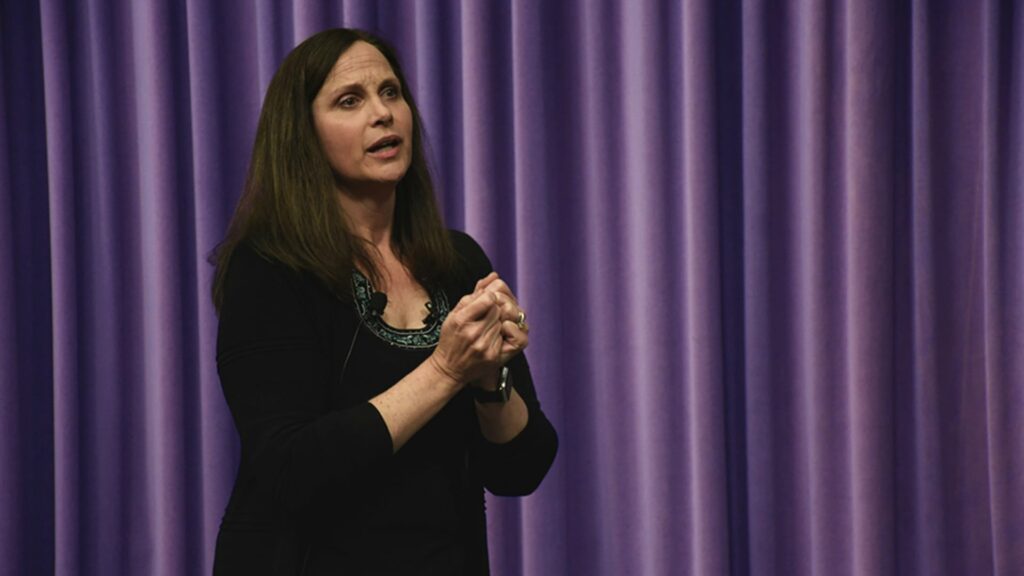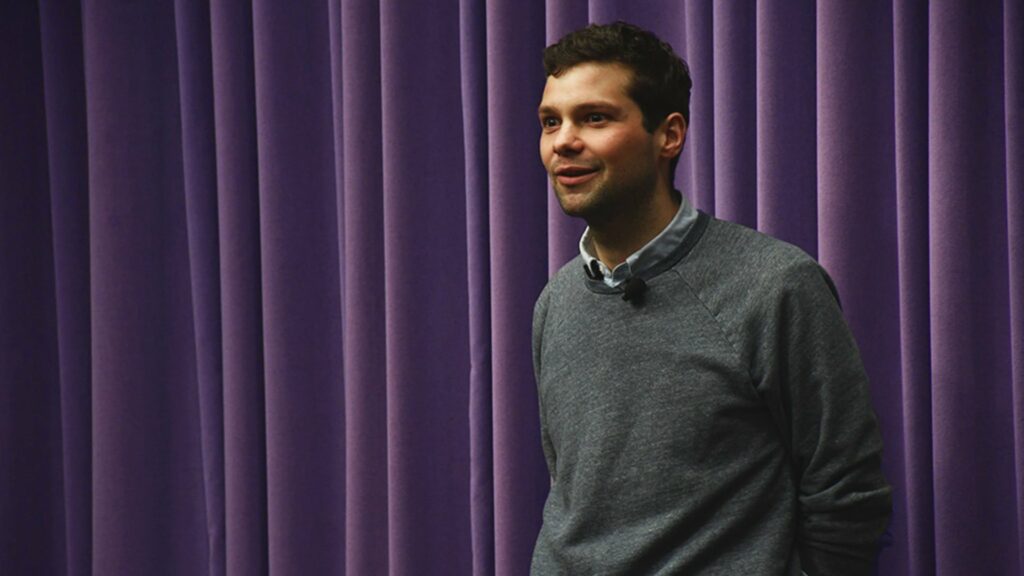
Participating in an innovation tournament is a fun and effective way for aspiring entrepreneurs to practice how to leverage resources and take actions to create value.
Based on STVP’s successful Global Innovation Tournament (GIT), this fast-paced, multi-day competition offers teams a chance to solve a mystery challenge to create as much value and impact as possible.
Help students learn skills for idea generation, teamwork, problem solving and value creation, all in an environment of ambiguity and resource constraints.
The educational purpose of the competition is to simulate the experience of being an entrepreneur, in an activity that is suitable for students of all ages. This means learning and developing skills for idea generation, teamwork, problem solving and value creation, all in an environment of ambiguity and resource constraints.

In past years at Stanford, the tournament challenge was to create value from common, everyday objects, such as “sticky notes,” rubber bands and water bottles. The challenges can also be concept-based, such as “Make Saving Money Fun.”
What’s Involved?
As an organizer, you will select the tournament challenge, set the schedule and organize judges and prizes. You will also promote the tournament challenge online or assign the challenge to local students.
Once the challenge has begun, students will have just a few short days to create as much value as possible around the challenge and to upload a video to YouTube to show a record of their progress.
Once the challenge has begun, students will have just a few short days to create as much value as possible around the challenge and to upload a video to YouTube to show a record of their progress. At that point, judges will evaluate the video entries and winners will be selected.
See samples of Innovation Tournament videos on the Entrepreneurship Corner website.
Things to Keep in Mind
Try placing emphasis on having fun and unleashing student creativity rather than on any competitive aspects of the tournament.
If you are assigning an innovation tournament as part of a university course, the time period just after mid-term examinations seems to be optimal for performance.
Teams can be of any size, from one person to many. Also, we suggest giving students somewhere between four and seven days, including a weekend, to complete the challenge and upload their video.
Prize Suggestions

Wait to pick your award categories until the judges have seen all of the video entries. Name the awards and assign prizes to fit the submissions that warrant recognition.
Reach out to entrepreneurs and business leaders in your local community for experiential prizes. Some ideas include lunch with a startup founder or business executive, or one-on-one meetings with an angel investor or venture capitalist.
Of course, you could also seek out donations of resources to help young entrepreneurs to build the next iteration of their product.







